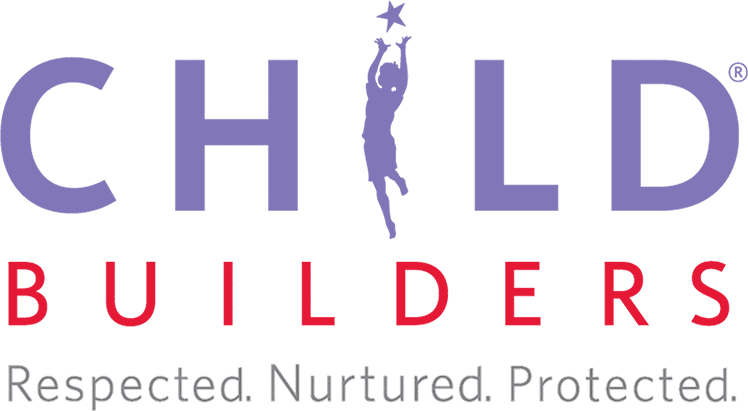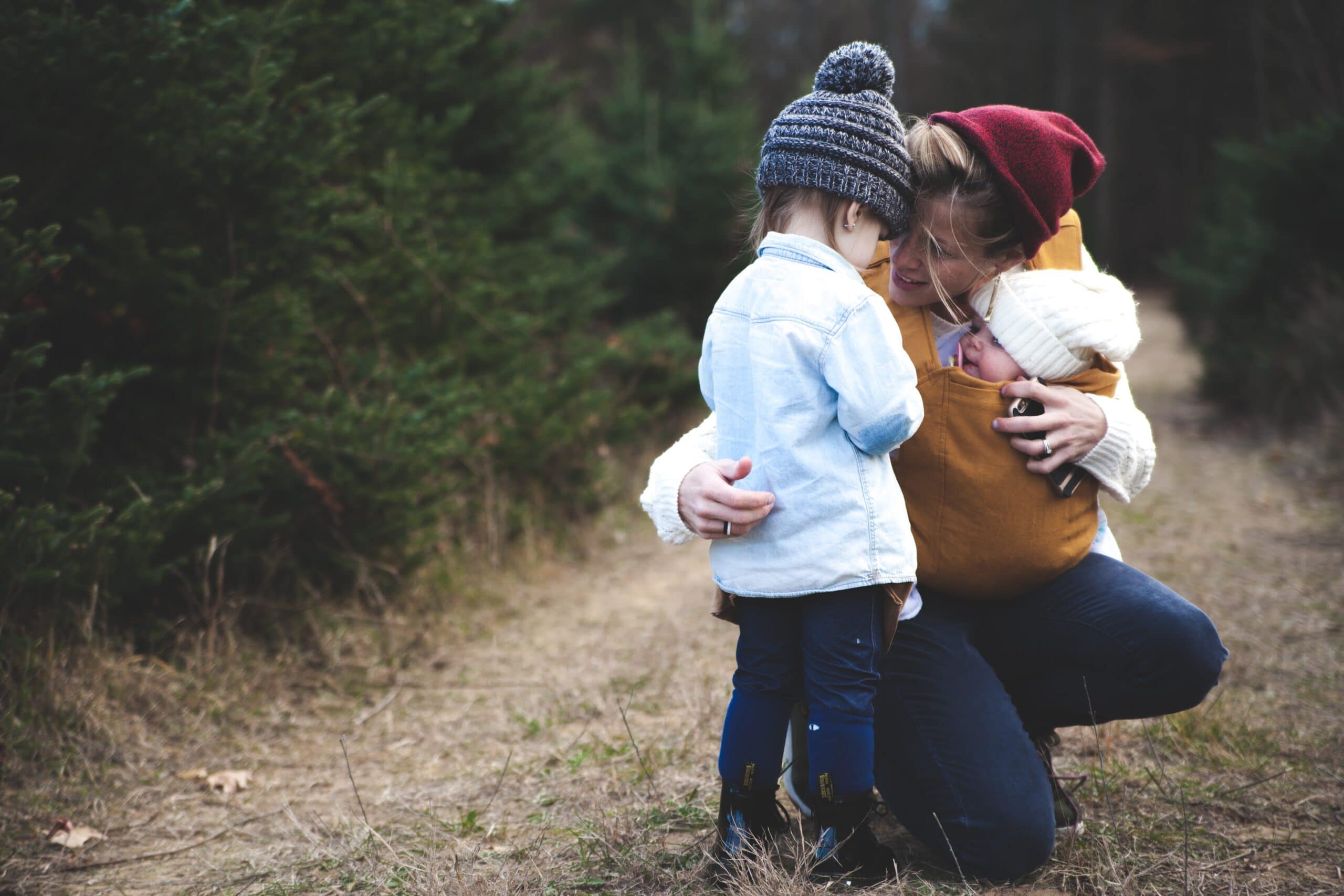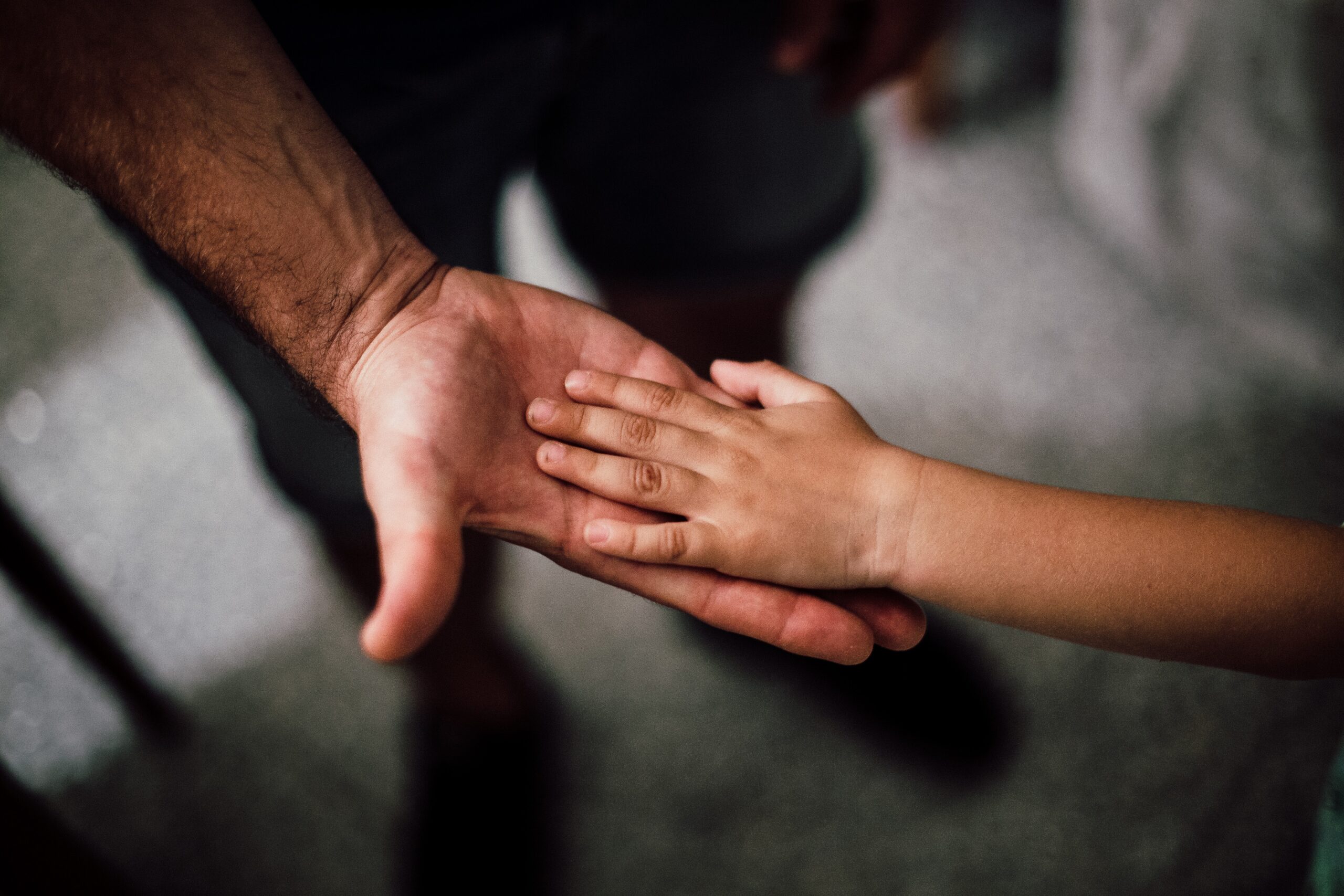Rules About Private Parts
Children participating in Stand Strong • Stay Safe lessons learn four rules about private parts. Parents can help your children stay safe by encouraging everyone in their child’s life to respect these rules. As a parent, be aware that may children are curious about private parts and often look at or ask about siblings’ and parents’ private parts. While this is normal, it is also OK for a sibling/parent to set boundaries and say “No” to this curiosity – which is a good time to start modeling respect for others’ boundaries.
- No-one is allowed to look at (e.g., intentional; “Show me.”) or touch the private parts of your body, or to make you look at or touch the private parts of anyone else’s body.
And you can SAY NO! if someone tries to do this. - No-one is allowed to take pictures or videos of the private parts of your body, or make you look at pictures or videos of the private parts of anyone else’s body.
And you can SAY NO! if someone tries to do this. - The only time it might be OK for a safe grown-up to look at or touch the private parts of your body is if you need help AND if it is not a secret. (Different scenarios were reviewed, such as what if someone is helping you clean? A situation is probably safe if you need help AND it is not a secret.)
- Keeping secrets about private parts is never safe. Tell a safe grown-up you trust about anyone who doesn’t follow the rules about private parts.
Tips to Reduce the Risk of Child Sexual Abuse
- Talk to your children about private parts.
Talking to children about the private parts of the body can be uncomfortable for some parents, but it is important to the healthy development of children. Furthermore, having honest conversations about topics that include body parts and health issues protects children against sexual victimization. Keep in mind the following information when considering how to talk to your children about private parts.- Use the correct medical terms when discussing the private parts of the body. By doing so, children learn that there is no shame or secrecy surrounding private parts.
- Knowing the proper terminology prepares children to describe accurately what may have happened when disclosing sexual abuse.
- Having the experience of talking to their parents about private parts helps children get help quickly if they experience sexual victimization.
- It is not safe to keep secrets about private parts. Establishing this as a family rule will help prevent sexual victimization now and in the future.
- Respect your child’s boundaries.
Your child is learning how to stand up for themselves by saying “Stop, I don’t like that!” when someone does something that hurts their bodies or feelings or makes them feel uncomfortable. They may also indicate discomfort through body language (e.g. shyness, tantrums). Help your child by honoring their boundary setting and find compromises (e.g., if they are uncomfortable kissing grandma on the cheek, maybe they are OK with a hug or a high-five). - Be aware of grooming behavior.
Grooming refers to the way that sexual predators connect with their potential victims. Grooming behavior may appear innocent; the goal is to establish trust with the child in order to take advantage of that trust later. It may look like flattery, generosity, sympathy, or offering special privileges or opportunities. Sometimes parents are groomed as well, so they are more likely to let the perpetrator near their children. - Safeguard your children’s privacy.
Teach children that it is not safe for someone to take pictures of their private parts, or ask them to look at pictures of other people’s private parts. This message is consistent with laws defining child pornography as a form of sexual abuse. Parents can help protect their children from possible victimization by not taking photographs of their children in the bath, or in any way that shows their private parts. If photos are taken, refrain from sharing them digitally to reduce the risk of attracting sexual abusers.
What If Your Child Tells You About Abuse?
Despite their caregivers’ best efforts, children are sometimes hurt through physical, sexual, or emotional abuse. The most important thing they can do is tell an adult they trust to get help, and for that adult to help them to the best of their ability. If your child comes to you for help with a problem, big or small:
- Stay calm.
- Actively listen.
- Believe your child.
- Support your child.
- Get help.
- Reassure your child that what happened was not your child’s fault and that it was right to tell you.
Recommended Children’s Books
A Terrible Thing Happened by M. Holmes
Sherman witnesses a terrible thing. He tries to forget it, but it starts to eat away at him. He becomes aggressive, angry, has stomach aches, is bothered by nightmares, and worries all the time. Finally he talks to a trusted adult about his feelings and begins to sort things out. This book reinforces the message of tell and keep telling that is presented throughout Stand Strong • Stay Safe. The story never tells what terrible thing Sherman saw, making this relevant to any traumatic event experienced by children.
Purchase on Amazon | Goodreads | B&N
Your Body Belongs to You by C. Spelman
This book is about boundaries. As the author explains in the introduction, it is important to respect children’s wishes about being touched so they learn that the choice to be touched is theirs alone.
Purchase on Amazon | Goodreads | B&N
Some Secrets Should Never Be Kept by J. Sanders
In this story, Albert is sexually abused by a person that he knows and likes. He finds comfort when he finally tells his mother, who reminds him that “some secrets should never be kept.”
Purchase on Amazon | Goodreads | B&N
Amazing You: Getting Smart About Your Private Parts by G. Saltz
This is a fun book with straightforward information about the private parts of the body and where babies come from. Medically accurate diagrams and vocabulary are used to describe human reproductive systems, which provide clear answers to questions that young children often ask. This book can be used as a classroom resource or recommended to parents looking for ways to discuss private parts with their children.
Purchase on Amazon | Goodreads | B&N
The Mouse, the Monster, and Me by P. Palmer and S. Rama
The book offers strategies to teach children about assertiveness skills. It teaches children about their strengths and power, their rights and responsibilities, and being yourself. When children know how to assert themselves, they are able to build happy relationships and develop a positive self-concept.
Purchase on Amazon | Goodreads | B&N
Related Workshops
References
- Boyle, C. L., & Lutzker, J. R. (2005). Teaching young children to discriminate abusive from nonabusive situations using multiple exemplars in a modified discrete trial teaching format. Journal of Family Violence, 20(2), 55-69. doi: 10.1007/s10896-005-3169-4
- Collier, A. (n.d.). How to recognize grooming. Retrieved from http://www.safeteens.com/how-to-recognize-grooming/
Wurtele, S. K. (1987). School-based sexual abuse prevention programs: A review. Child Abuse & Neglect, 11, 483-495. - Tharinger, D. J. (1988). Prevention of child sexual abuse: An analysis of issues, educational programs, and research findings. School Psychology Review, 17(4), 614-634.
This page contains Amazon Affiliate Links. ChildBuilders may earn a small commission for purchases made through these links. As 501(c)(3) non-profit, any income we earn goes directly towards supporting our mission.







